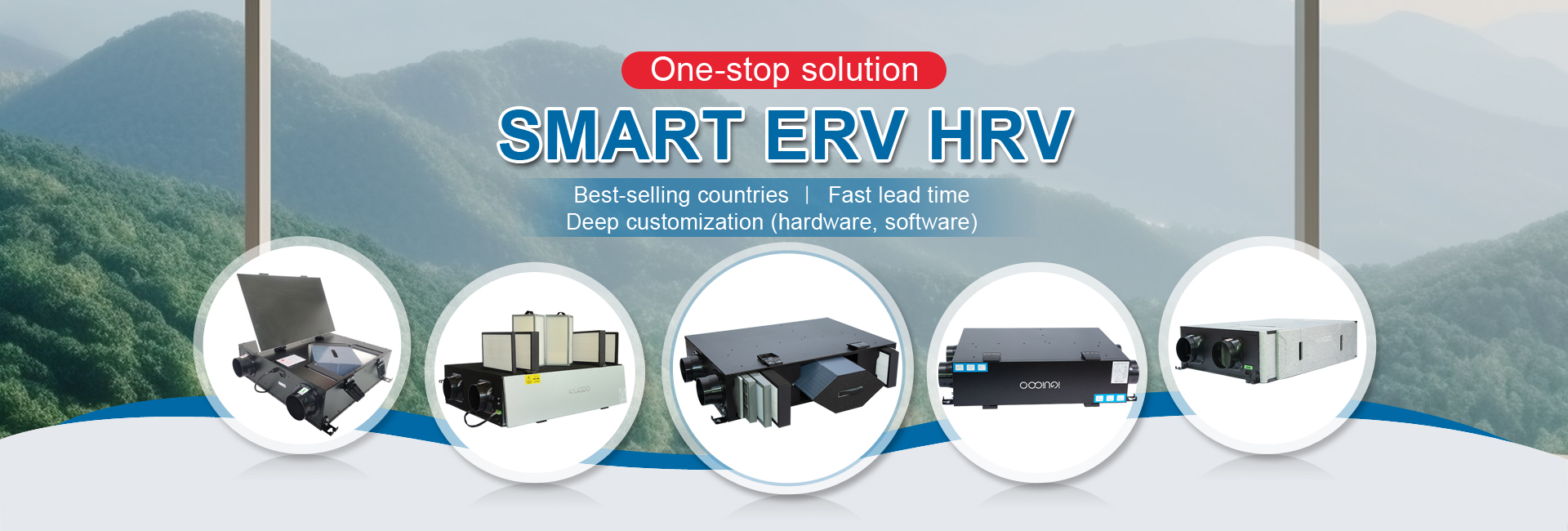When considering energy-efficient solutions for homes or commercial buildings, heat recovery ventilation (HRV) systems often come to mind. These systems, which include recuperators, are designed to improve indoor air quality while minimizing energy loss. But a common question arises: Is heat recovery expensive to run? Let’s explore this topic in detail.
Firstly, it’s essential to understand how heat recovery ventilation works. HRV systems use a recuperator to transfer heat from outgoing stale air to incoming fresh air. This process ensures that the warmth generated inside the building isn’t wasted, reducing the need for additional heating. By recycling heat, these systems can significantly lower energy consumption, leading to potential savings on utility bills over time.
While the initial investment in an HRV system with a recuperator might seem high, the long-term operational costs are often much lower compared to traditional ventilation methods. The efficiency of a recuperator in capturing and reusing heat means that less energy is required to heat incoming air, especially during colder months. This efficiency translates into reduced energy bills, making the running costs more manageable.
Moreover, modern heat recovery ventilation systems are designed with energy efficiency in mind. They often come with advanced controls that allow users to adjust settings based on occupancy and outdoor conditions, further optimizing energy use. This adaptability ensures that the recuperator operates at peak efficiency without unnecessary energy expenditure.
Maintenance is another factor to consider. Regular maintenance of the recuperator and other components of the HRV system can prolong its lifespan and maintain its efficiency. While there are costs associated with maintenance, they are generally outweighed by the savings achieved through reduced energy consumption.
In conclusion, while the upfront cost of installing a heat recovery ventilation system with a recuperator might be significant, the long-term operational costs are typically lower due to energy savings. The efficiency of the recuperator in reusing heat makes these systems a cost-effective solution for improving indoor air quality while keeping energy bills in check. So, is heat recovery expensive to run? Not when you consider the long-term benefits and savings it provides.
Post time: Jun-20-2025








